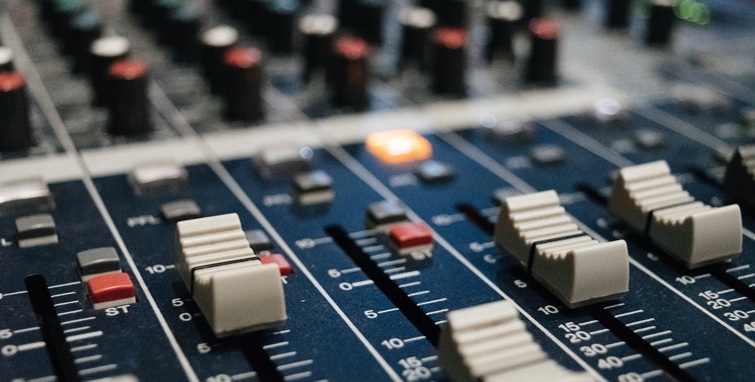
Ever wondered what a “decibel” is besides a cool-sounding word to drop at parties? Let’s dive in to the world of decibels (dB), and why they matter to what we love to do, PLAY MUSIC!
🎸 Quick Hits (Your Decibel Cheat Sheet!):
- Decibels measure how loud a sound is (sound intensity).
- The decibel scale is logarithmic—sounds fancy? It just means a small increase packs a big punch!
- Anything louder than 85 dB is risky business for your ears over time.
- Earplugs aren’t just for the fashion-forward; they actually save your hearing!
🎧 What Exactly is a Decibel?
Decibels are measurements of how loud or quiet something is. From the soft hum of your guitar amps tubes warming up to the roaring applause (fingers crossed) at the gig, decibels help us keep track of sound intensity. It’s the universal language musicians, engineers, and noise patrol folks use to keep sounds safe, and in the ‘sweet-spot’ (that spot varies per individual trying to achieve it).
🎤 Decibels and the Logarithmic Scale
Now, let’s get nerdy (but cool nerdy). Decibels work on a logarithmic scale, meaning every jump of 10 dB isn’t just louder—it’s TEN TIMES more intense. Check it out:
- 0 dB: Absolute silence (think ninja-quiet)
- 10 dB: Ten times louder than silence—like leaves rustling
- 20 dB: Whispering secrets to your bandmate
- 30 dB: A hundred times louder than that ninja silence!
Imagine if we measured sounds linearly? Numbers would go through the roof—like trying to measure the universe in teaspoons. Decibels keep things neat and understandable.
🎹 Everyday Decibel Examples (Because Why Not?)
- Rustling leaves: 10 dB (basically the quiet background of your indie song)
- Whispering: 20 dB (like telling secrets to your drummer about why your band is so much better than the one you’re watching)
- Quiet library vibes: 40 dB (perfect for songwriting – although I’m partial to the rustling leaves level for that)
- Vacuum cleaner groove: 70 dB (home chores but louder!)
🥁 Watch Out for These Loud Bad Boys:
- 85 dB (Heavy city traffic): Risk kicks in after 8 hours without protection.
- 91 dB (Loud car stereo): Just 2 hours could hurt your hearing!
- 100 dB (Nightclub): Only 15 minutes unprotected can be risky!
- 120 dB (Siren or loud alarm): Instant hearing hazard! Ouch!
Tips for Protecting Your Hearing:
Use Hearing Protection:
- Musician Earplugs: These are designed to reduce noise levels while maintaining clarity, allowing musicians to hear the music and their instruments.
- Foam or Silicone Earplugs: While effective for general noise reduction, they can make music sound muffled.
- In-Ear Monitors (IEMs): IEMs can be used as stage monitors, allowing musicians to hear a specific mix of sounds while reducing overall noise exposure.
Control Volume Levels:
- Practice Sessions: Reduce volume during practice to minimize exposure to loud sounds.
- Live Performances: Communicate with sound engineers to ensure appropriate volume levels.
- Monitor Your Own Volume: If you’re using headphones, aim for the “60/60 rule” (60% volume for no more than 60 minutes) and then take breaks.
Take Breaks:
- Regular Breaks: Incorporate breaks into practice sessions and performances to allow your ears to rest.
- Avoid Prolonged Exposure: Limit exposure to loud sounds, especially above 85 dB.
Other Considerations:
- Acoustics: Ensure proper acoustics in rehearsal spaces and venues to minimize sound levels.
- Instrument Placement: Avoid standing directly in front of speakers or amplifiers.
- Be Aware of Your Surroundings: Use a decibel meter to monitor noise levels in your environment.
- Communicate: Talk to venue staff or sound engineers about your hearing protection needs.
Why Decibels Matter for Your Musical Ears
If you’re gigging at 100 dB in clubs, even short sets without ear protection could hurt your ears. And remember, it’s not just volume—it’s also about how long and how close you are to the source. Stand right next to those massive speakers all night? You might regret it in the morning (and beyond!).
So now you’re a certified decibel master—go forth, make great noise!
